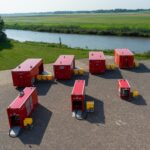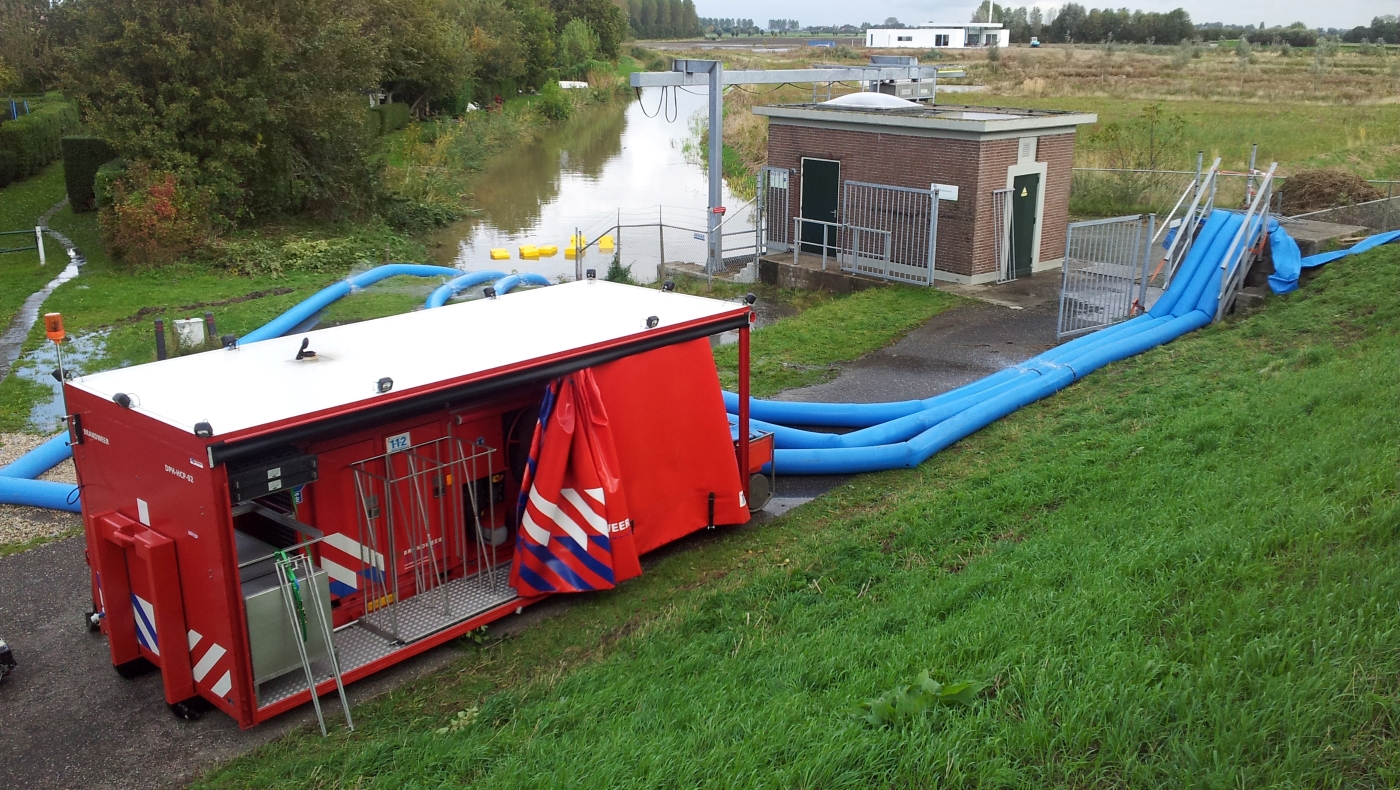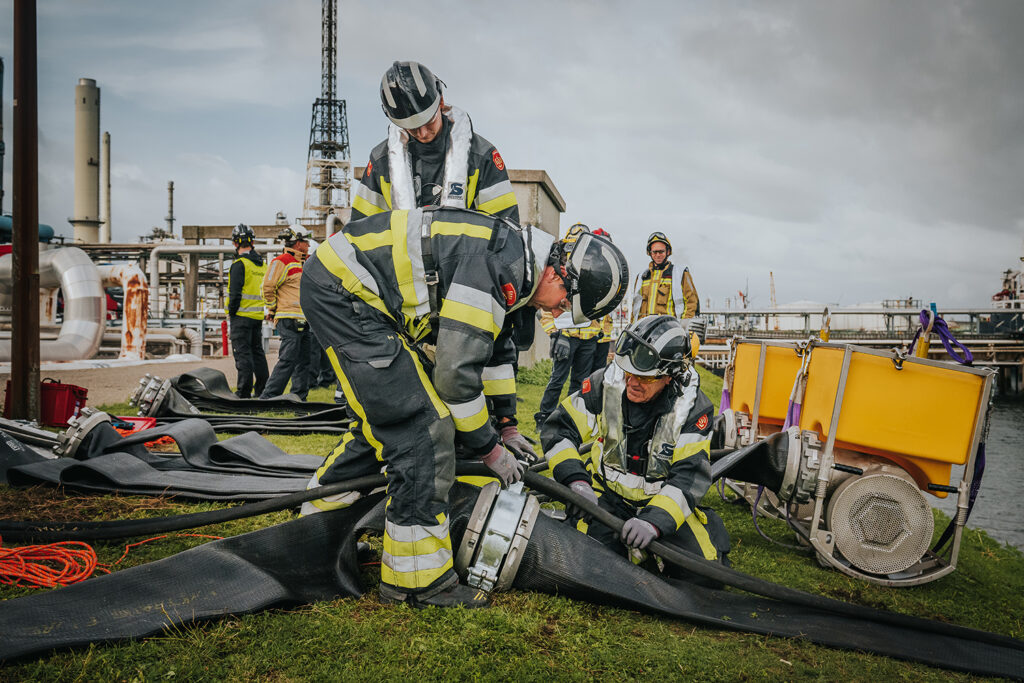
In many regions, controlling surface water, groundwater, and reservoirs is essential to preventing flooding and protecting public safety. This challenge becomes even greater during prolonged rainfall, an ever-increasing concern due to global climate change. When fixed infrastructure lacks capacity, is under maintenance, or is temporarily out of service, rising water levels can quickly lead to dangerous flooding.
Hytrans’ water transport systems are built for sustained performance in demanding conditions. Engineered for long-duration operation, they provide high-volume dewatering capabilities ranging from 20,000 lpm to 135,000 lpm (35,600 GPM). For large-scale requirements, multiple systems can be deployed simultaneously, ensuring continuous water management with minimal manual intervention.
Designed for weeks-long deployment, these systems operate highly independent, providing a reliable and scalable solution for ongoing dewatering challenges.
When deployed as temporary or semi-fixed units, Hytrans’ water transport systems can be configured for high levels of autonomy, ensuring efficient and self-regulated water level management. To extend operational independence, Hytrans offers a range of complementary options for selected HydroSub models, allowing for minimal manual intervention and prolonged deployment in remote or critical locations.
Key autonomy-enhancing features include:
With these advanced features, Hytrans ensures long-lasting, highly autonomous dewatering solutions, reducing the need for manual oversight and optimizing performance in critical environments.


“The HydroSub HS60 with water level control has provided our region with a highly autonomous, reliable solution for managing water levels, reducing manual intervention and enhancing flood resilience.”
— Government organisation in Asia